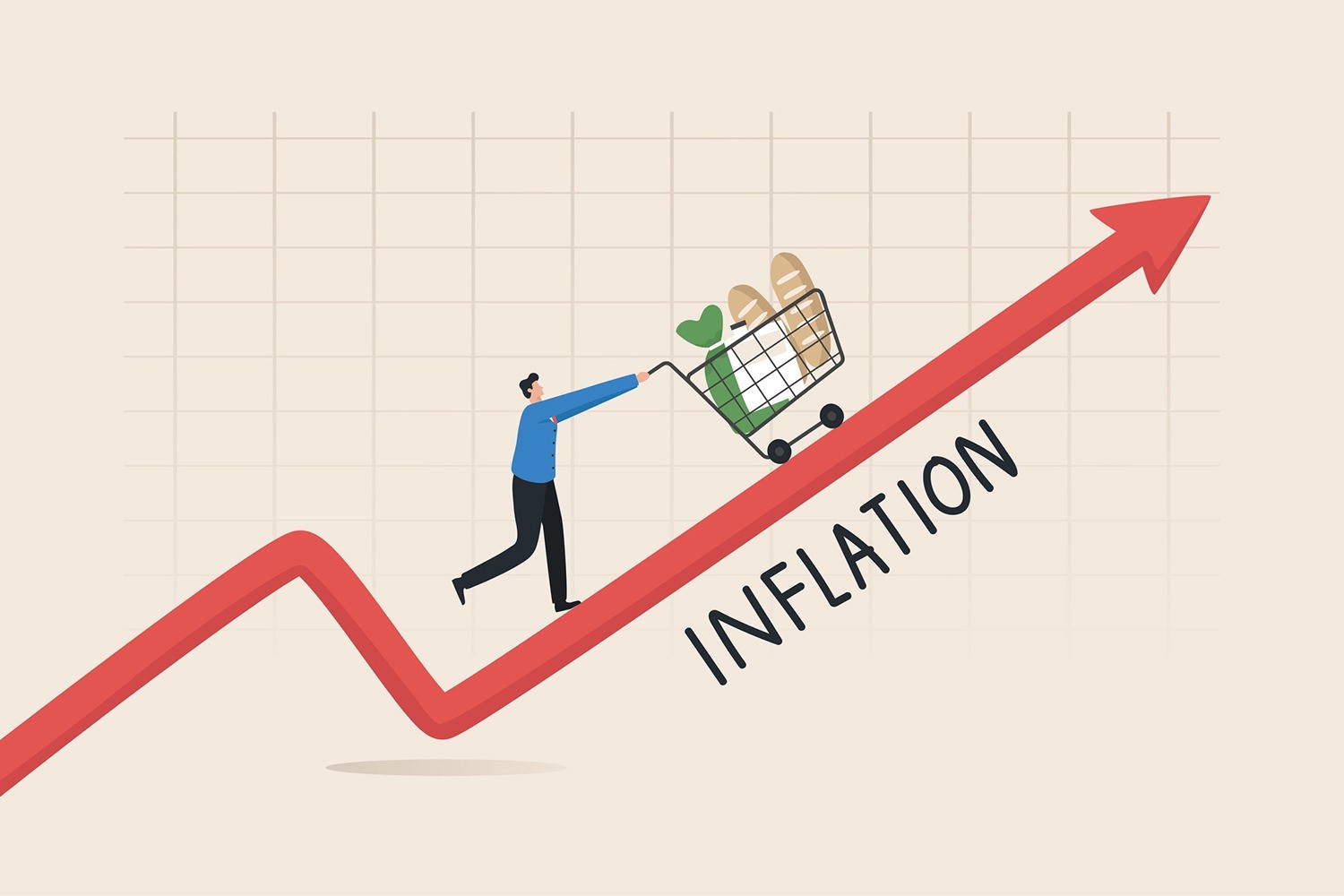The Pakistan Bureau of Statistics (PBS), the national data collection agency, reported on Monday that the consumer price index reached 29.7 percent in December compared to last year. This increase contradicts government, central bank and market expectations about an interest rate cut. Last month, the State Bank of Pakistan had said that barring a significant increase in administered prices, it “continues to expect headline inflation to rise in the second half of the financial year 2024 due to weak overall demand and the easing of supply restrictions. . . The decline in international commodity prices is significantly reduced and a favorable base effect is created.
The Ministry of Finance also expects a moderate weakening in the prices of goods and services in December. The predictions of the federal government and the SBP have been proven wrong for years. Price stability is now the sole primary objective of the SBP since it was granted autonomy under the dictates of the International Monetary Fund in January 2022.
According to PBS, inflation has risen sharply in both urban and rural areas. Last month, food and energy prices continued to rise in rural and urban areas. Prices for fresh vegetables were exceptionally three quarters higher than last year. Normally, perishable foods are reduced in winter.
Due to a worrying increase in gas prices of up to 520% in the first round, overall inflation continued to rise across the country. In cities this is 31% and in rural areas 28%.
Urban areas saw a sharp increase in non-food inflation, which reached 32.4%, while in rural areas it rose to 26.4%. Products such as wheat flour, rice, tea, sugar, drinks, potatoes and legumes saw their prices rise significantly last month compared to the previous year.
Food inflation has decreased in cities, but increased slightly in rural areas. According to the PBS, the rate in urban centers is 28.8% and in towns and cities it is 29.3%. Wheat flour prices rose by 59%, sugar prices by 50% year-on-year, while prices of other food products also rose by 20-50%.
A recent meeting of the Cabinet’s Economic Coordination Committee revealed that the provinces of Sindh and Balochistan were not effectively monitoring price developments.
Citizens’ purchasing power has fallen significantly in recent years due to continued double-digit price increases. During this period, successive governments also significantly increased the tax burden, especially on the working class.
However, core inflation, calculated after excluding volatile energy and food prices, fell to 18.2% in urban areas and 25.1% in rural areas, but remains well above the central bank interest rate.
Prices of food and non-alcoholic drinks rose by almost 28% last month compared to a year ago. Prices of non-perishable goods increased by 28.7%, while the share of perishable goods was 21%. The inflation rate of the consumer price group transport increased by 28.6% despite a drop in fuel prices.
It appears that the government is still unable to achieve its annual inflation target of 21%. The PBS reported that average inflation remained at 28.8% during the July-December period of the current fiscal year. This is well above the official target of 21% for the current financial year.
The average inflation rate in the first six months was 30% in rural areas, while in urban areas it was 28%. The central bank hopes that interest rates will soon fall below 20% due to higher inflation in the second half of the past fiscal year, which it calls a “favorable base effect.”
However, the government has also committed to the IMF that it will further increase gas prices from January. This could partly dispel hopes for a significant decline in inflation. PBS data showed that gas prices in December were already 520% higher than a year ago. Electricity prices were also 61.6% higher than the previous year.
In recent years, the SBP has failed miserably to curb inflation by tightening monetary policy despite maintaining high interest rates. His policies have led to heavy fiscal losses in the form of a sharp increase in the cost of interest payments, which the IMF now estimates at Rs 8,627 billion, or 92% of the FBR’s projected revenues. In the first five months (July-November) of this fiscal, the finance ministry paid Rs 2.92 trillion of the debt incurred to finance the budget. High interest rates have neither slowed the rate of inflation nor helped attract foreign capital flows.

